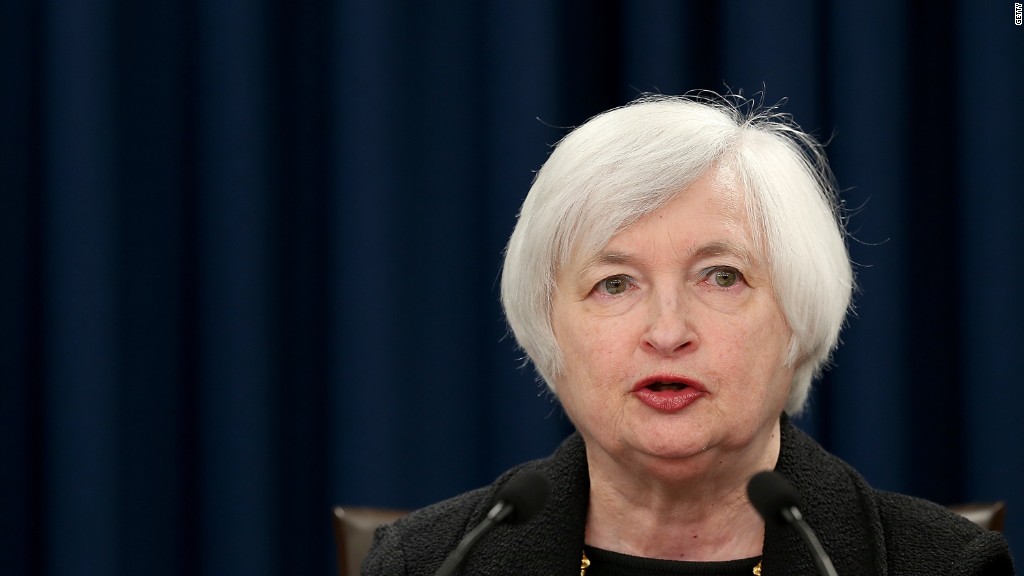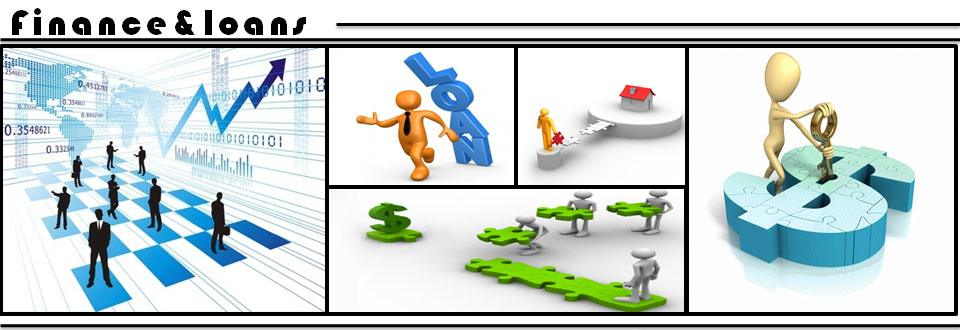Must interest rates go negative in the U.S.?

Breaking down the Fed’s decision The Federal Reserve wimped out and failed to increase desire rates Thursday, citing considerations about China and other international elements.
But most economists expect the Fed will ultimately hike rates from the file lows of in close proximity to zero later this 12 months. It will possibly occur in December, a shift that some traders may possibly check out as the Grinch thieving the simple cash Christmas.
But at minimum one particular member of the Fed would seem to have a issue for one of the coolest villains in “The Operating Male.” He or she would like charges to be … subzero!
Yup, according to the Fed’s dot plot — which displays the projections of all 17 of the central bank’s customers — there is a single lone wolf (or shall I say dove?) that has a target of unfavorable costs for this yr and 2016.
What the wha? Negative curiosity prices? Did I miss out on the memo that the United States had applied to be a part of the European Union?
Rates had turned unfavorable in some elements of Europe previously this calendar year owing to considerations about deflation — persistently lower charges that can cripple an economy.
Some European corporate bond costs, including Nestle’s , even dipped to considerably less than zero. (Cue up that Bangles variation of “Hazy Shade of Winter!”)
When prices are adverse, financial institutions basically pay debtors to just take out income, instead of the other way about.
In concept, negative rates would inspire shoppers to preserve significantly less and invest far more. They would also weaken a country’s currency, which would be great for its exporters.
So are factors so undesirable all around the world that the U.S. must be pondering about dropping costs beneath zero?
Probably not.
In the course of her press conference Thursday, Fed chair Janet Yellen explained “damaging fascination costs was not one thing we considered quite significantly at all.”
But economists mentioned the precipitous plunge in commodity costs — especially oil — is boosting the specter of world-wide deflation. There is certainly small inflation to communicate of in the U.S.
Wages are nonetheless developing at an anemic rate and general customer prices — which includes meals and power — are reasonably flat above the past yr.
“The adverse curiosity charge get in touch with provides some indications that there are nevertheless ongoing issues about the economic climate,” stated Sean Snaith, an economist at the University of Central Florida. “This is a restoration that has underperformed from the get-go.”
Snaith extra that unfavorable costs possibly would not adjust considerably for the economic system though. The jury’s nonetheless out on no matter whether they really helped in Europe.
“Damaging charges would be a desperation move, a very last ditch effort,” he stated.
Then once more, the Fed wants to see more inflation. It must be annoying to the central lender that trillions of bucks in bond buys coupled with near-zero interest prices ended up unable to do the trick.
In other words, in no way say never ever.
“Negatives prices are not out of the realm of likelihood beneath actually adverse conditions. But we are not there nevertheless,” stated Keith Hembre, chief economist at Nuveen.
Hembre thinks that the Fed member who is advocating for adverse costs is a single who has been “outspoken about being a lot more urgent about the Fed receiving back to its 2% inflation concentrate on.”
He did not want to name names. But it is not challenging to determine out who this damaging creep (greatest song on Nirvana’s Bleach album!) is.
Minneapolis Fed president Narayana Kocherlakota wrote an op-ed in the Wall Avenue Journal final month titled “Raising Charges Now Would Be a Miscalculation.”
In that op-ed, Kocherlakota expressed considerations that inflation could continue being below the Fed’s sought after two% level until finally the 2020s.
And according to two tweets from the confirmed Twitter account of the Minneapolis Fed , Kocherlakota explained this at a town hall occasion earlier this thirty day period in reaction to a question about unfavorable rates.
“We have noticed this with Swiss bonds paying negative nominal desire costs money tough to preserve if you have a lot.”
“Unfavorable nominal curiosity charges less difficult to deal with than funds but can affect individuals to devote rather of help save.”
If it really is correct that Kocherlakota is the source of the unfavorable price contact, it’s important to also observe that his dot is not going to be there much more time. He’s retiring at the finish of the year.
So it will be exciting to see if any other Fed users adopt his uber-accommodative stance once he’s long gone.
The Fed does not recognize the names driving the dots. And the Minneapolis Fed had no remark.
Associated: The Fed did nothing at all. What now?
